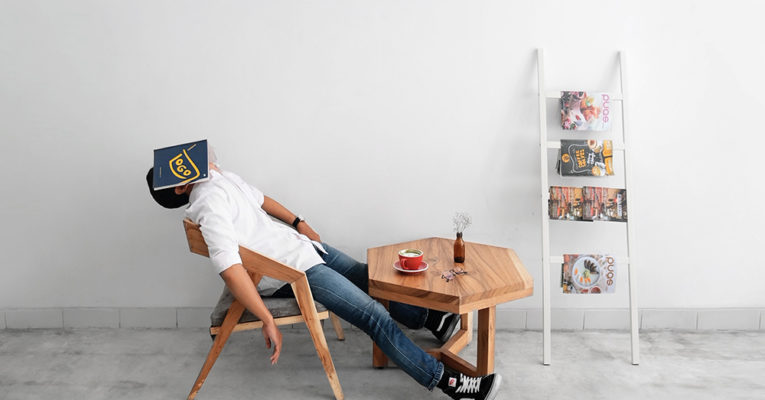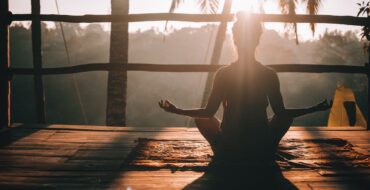Sleep disorders along with a general lack of sleep are an epidemic in this hyper connected modern world.
If you struggle with sleep, or you’re simply not making it a priority, it’s time to do something about it.
Here are 10 tips to help.
- Establish a regular routine. Wake early (before or with the sun) and get to bed before 10pm. Even if you had trouble sleeping, stick with the routine of getting up early. Sleeping in will make it harder to get to sleep before 10pm, throwing your circadian rhythm out of balance.
- Meditate in the morning and some time before dinner.
- Exercise. Preferably outdoors. Even a simple walk will do.
- Expose the skin and eyes to sunlight. (Minimise the use of sunglasses). Sunlight helps the pineal gland produce Melatonin, a hormone essential for sleep.
- Avoid caffeine after 11am. Caffeine has a half life of around 5 hours and a quarter of it is still in your system 9 hours later.
- Minimise exposure to blue light from computers and phones, particularly after dark. When we expose ourselves to blue light after dark, we suppress the production of melatonin, as the body is tricked into thinking it’s daytime. Shield your computer from blue light with this app https://iristech.co/install/ and put your mobile phone on “most warm and keep it on 24/7
- After dark, dim your lights and avoid LED’s, which have a similar effect to computer and phone screens.
- Avoid devices for at least an hour before bed.
- Do some light stretching and deep breathing to help transition you into sleep.
- If you find that you can’t get to sleep, don’t lay in bed trying. When we lay in bed wide-awake, we’re training the brain to associate the bedroom with wakefulness. Try moving to the lounge. Lay down and start to belly breathe. 12 diaphragmatic breaths will begin to shift you out of the sympathetic nervous system, into the parasympathetic (Rest and digest) state. Begin to practice the body scan technique. Starting at your feet, bring awareness to how they feel, allowing the breath to soften any tension you are holding. Move slowly up your body to lower legs, upper legs, lower torso, upper torso, neck, face, and whole head. Take your time, allowing the breath to fully relax and soften each body part. Once you get to the top, bring your awareness to your whole body, allowing the breath to bring you into deep relaxation. When you feel ready to fall asleep you can go back to bed, or if you’ve fallen asleep on the lounge you can shift into bed when you wake during the night.
Sweet dreams…








